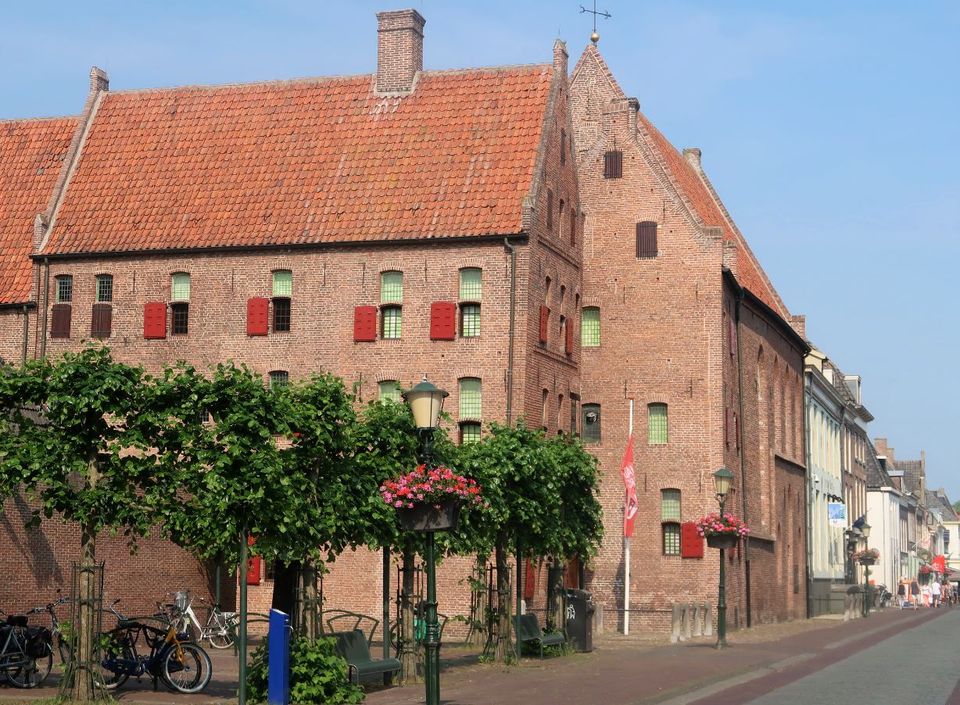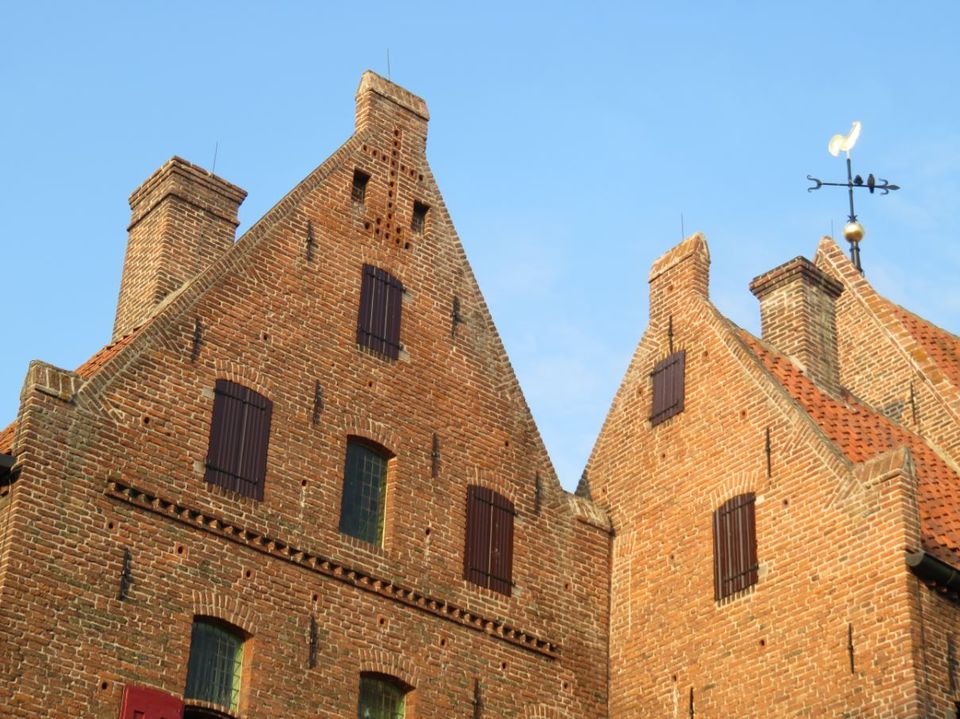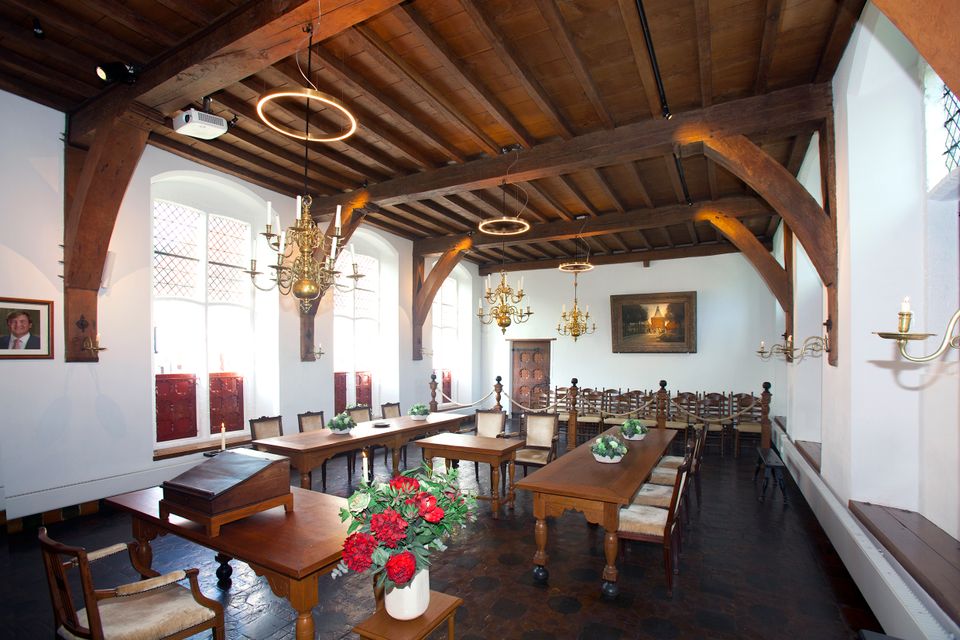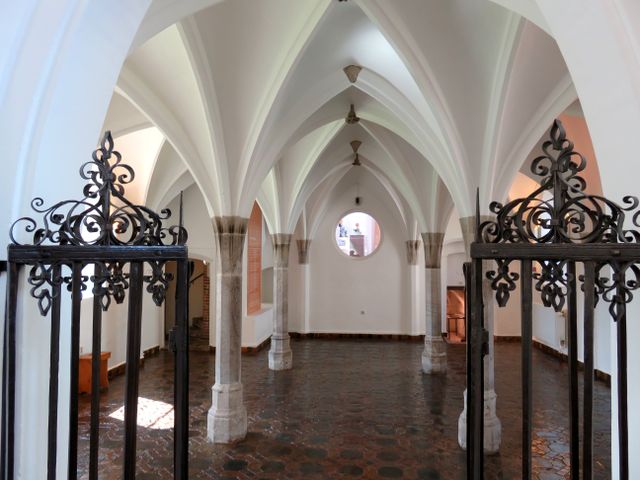Agnietenconvent
More information
One of Elburg's most striking buildings is the 15th century Agnieten Convent, named after Saint Agnes. Nowadays Museum Elburg and the VVV agency are located here. You can visit the former convent buildings, including the special, medieval double chapel. From the secluded garden you have a beautiful view of the convent.
In the first half of the fifteenth century, a women's convent was built at the Jufferenstra…
One of Elburg's most striking buildings is the 15th century Agnieten Convent, named after Saint Agnes. Nowadays Museum Elburg and the VVV agency are located here. You can visit the former convent buildings, including the special, medieval double chapel. From the secluded garden you have a beautiful view of the convent.
In the first half of the fifteenth century, a women's convent was built at the Jufferenstraat. This place of worship was dedicated to Saint Agnes, patron saint of the nuns who lived in seclusion. The nuns lived according to the third rule of Francis of Assisi. The convent complex was provisionally completed in 1475 after the construction of a double chapel. The chapel of the Agnieten convent consists of two floors. Ordinary citizens could attend services in the lower chapel. The Susteren (nuns) attended the service in the upper chapel, so that they could not make contact with the ordinary citizen.
The number of nuns grew steadily from the fifteenth century and women of well-to-do families also decided to live in the Agnieten convent. They remained virtually invisible to the outside world and did their work in silence by praying, reading and listening to mass. They also engaged in crafts. From the year 1580 this was all a thing of the past. In Elburg the influence of the Reformation was so strong that the convent fell into the hands of the city council. The last thirteen nuns were expelled from the convent building. For a long time, the complex had various functions. The building served as a warehouse, vinegar factory, school and town auditorium, among other things. There were also houses in and around the building. From 1954 to 1985, the building served as a town hall and then became a museum. The information centre is situated in the building as well.
Opening times
- Every monday closed
- Every tuesday from 11:00 to 17:00
- Every wednesday from 11:00 to 17:00
- Every thursday from 11:00 to 17:00
- Every friday from 11:00 to 17:00
- Every saturday from 11:00 to 17:00
- Every sunday closed
Prices
- Adults €7.00
- Price explanation:







